SFP modules are composed of a laser (including transmitter TOSA and receiver ROSA) and a circuit board IC and external components. The external components are composed of a casing, a base, a PCB, a pull ring, an unlocking member, and a rubber stopper. Let us show you optical transceiver housing.
What is the purpose of the optical transceiver housing? It is a connection module that functions as a photoelectric conversion. Electrical connectors include plug-ins, plugs, and sockets that connect two active devices to carry current or signals. Its function is to bridge the communication between the blocked or isolated circuits in the circuit, and the current flows to make the circuit achieve the predetermined function.
The basic properties of the connector include mechanical, electrical and environmental performance.Following:
1.Mechanical performance. The insertion force is an important mechanical property. The insertion force is divided into the insertion force and the extraction force, and the requirements of the two are different. The insertion and extraction force and mechanical life of the connector are related to the coating quality of the contact structure and the dimensional accuracy of the contact arrangement.
2. Electrical performance. The main electrical properties of the connector include contact resistance, insulation resistance, and electrical strength.
3. Environmental performance. Common environmental properties include temperature resistance, moisture resistance, salt spray resistance, vibration and shock.
Common types of optical transceiver housings are 1*9, SFP, SFF, X2, GBIC, SFP+, and XFP. It is a conversion device that needs to be inserted or soldered to the device. The variety of fiber optic transceiver module housings is reflected in the material and surface treatment of the housing.
1.Zinc alloy. Zinc alloy has a low melting point, small solidification temperature range, easy filling and molding, small shrinkage hole tendency, and can die-cast precision parts with complex shape and thin wall. 1. The casting surface is smooth and the dimensional precision is high, the casting temperature is low and the mold has a long service life. It is not easy to stick to the mold and does not corrode the mold. Zinc alloys have high mechanical properties at room temperature, especially for compression and wear resistance. Precision zinc alloy die-casting parts can well accept various surface treatments such as electroplating, spraying, and painting. The most serious disadvantage of zinc alloy is the aging phenomenon, the volume increases, the strength decreases. It will cause the die casting to deform or even chip due to excessive time, which is the main reason for the limited use of zinc alloy.
2. Aluminum alloy. It is much better in performance than zinc alloy, has good die-casting properties, electrical conductivity, and thermal conductivity, and has good cutting performance. The disadvantages are also obvious. The alloy of aluminum-silicon series is easy to stick mold, corrosive to the metal crucible, large volume shrinkage, and easy to produce shrinkage cavities.
3.Sheet metal. The outer cover is continuously stamped with SUS304 stainless steel, which has a high shielding effect. SFP MSA-compliant products can be designed according to customer needs. The product complies with ROHS (scheduled for SGS analysis). The biggest advantage is that sheet metal is cheaper than zinc alloy and aluminum alloy.
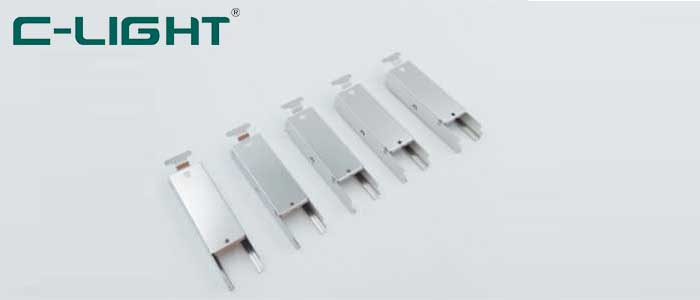
4.Nickel-plated copper. The higher the nickel content in the white copper, the better the corrosion resistance, and it will not be eroded by the acidity of the environment, which plays a very good protective role. Generally used in the following working environment, the working temperature is -40 ° C to +85 ° C, relative humidity<80%.
Conclusion
There are many options for C-LIGHT optical transceiver housings, and the corresponding housing is usually selected based on the relevant parameters of the housing and related applications. According to customer needs, we recommend the corresponding cost-effective optical transceiver. Focusing on high-density data centers and cloud services, C-Light specialize in producing various types of the optical transceiver such as SFP/SFP+/XFP/CSFP to customize the corresponding modules. If interested, pls contact us by alisa@c-light.com.









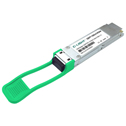

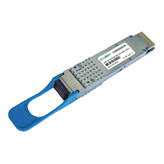

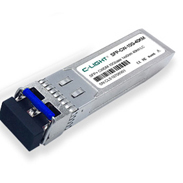
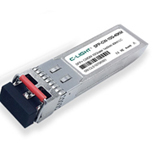
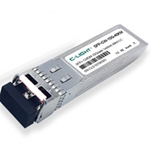
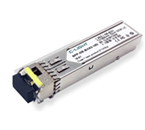
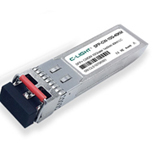
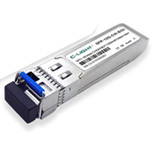



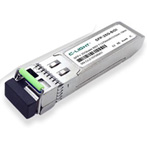
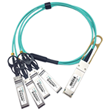
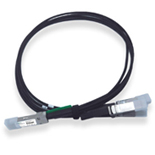
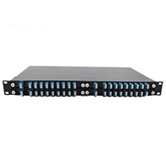
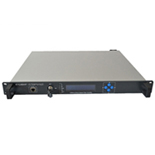
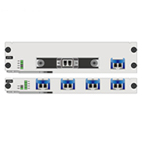

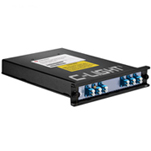
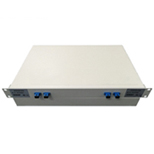


 Your current position:
Your current position: 



